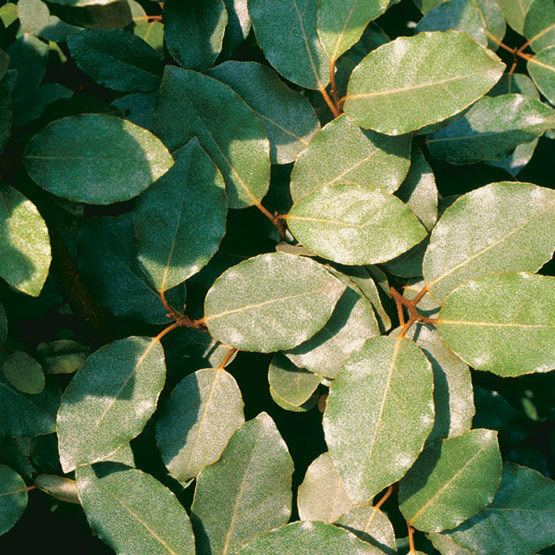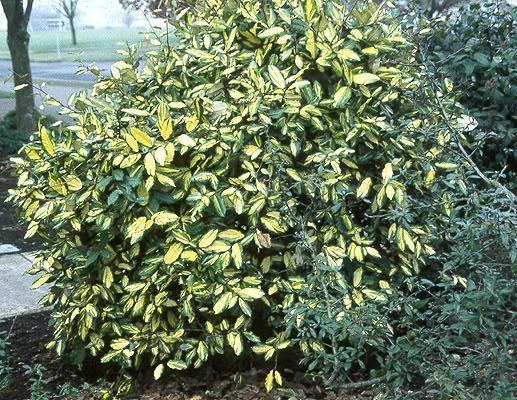Scientific name Elaeagnus Rank Genus | ||
 | ||
Lower classifications Russian Olive, Elaeagnus umbellata, Elaeagnus pungens, Elaeagnus multiflora, Elaeagnus commutata Similar Shadbush, Strawberry tree, Mulberry, Bay laurel, Oregon Grape | ||
Elaeagnus /ˌɛliːˈæɡnəs/, silverberry or oleaster, is a genus of about 50–70 species of flowering plants in the family Elaeagnaceae.
Contents

Habitat
The vast majority of the species are native to temperate and subtropical regions of Asia. Elaeagnus triflora extends from Asia south into northeastern Australia, while E. commutata is native to North America, and Elaeagnus philippinensis is native to the Philippines. One of the Asian species, E. angustifolia, may also be native in southeasternmost Europe, though it may instead be an early human introduction there. Also, several Asiatic species of Elaeagnus have become established as introduced species in North America, with some of these species being considered invasive, or even designated as noxious, in portions of the United States.
Description
Elaeagnus plants are deciduous or evergreen shrubs or small trees. The alternate leaves and the shoots are usually covered with tiny silvery to brownish scales, giving the plants a whitish to grey-brown colour from a distance. The flowers are small, with a four-lobed calyx and no petals; they are often fragrant. The fruit is a fleshy drupe containing a single seed; it is edible in many species. Several species are cultivated for their fruit, including E. angustifolia, E. umbellata and E. multiflora (gumi).
Elaeagnus umbellata contains the carotenoid, lycopene.
Cultivation
Elaeagnus species are widely cultivated for their showy, often variegated, foliage, and numerous cultivars and hybrids have been developed.
Notable species and hybrids in cultivation include:-
The cultivar 'Gilt Edge' has gained the Royal Horticultural Society's Award of Garden Merit.
Ecology
Elaeagnus species are used as food plants by the larvae of some Lepidoptera species including Coleophora elaeagnisella and the gothic moths. The thorny shrubs can also provide good nesting sites for birds.
Nitrogen fixation
Many Elaeagnus species harbor nitrogen fixing organisms in their roots, and are therefore able to grow well in low-nitrogen soil. This ability results in multiple ecological consequences where these Elaeagnus species are present:
